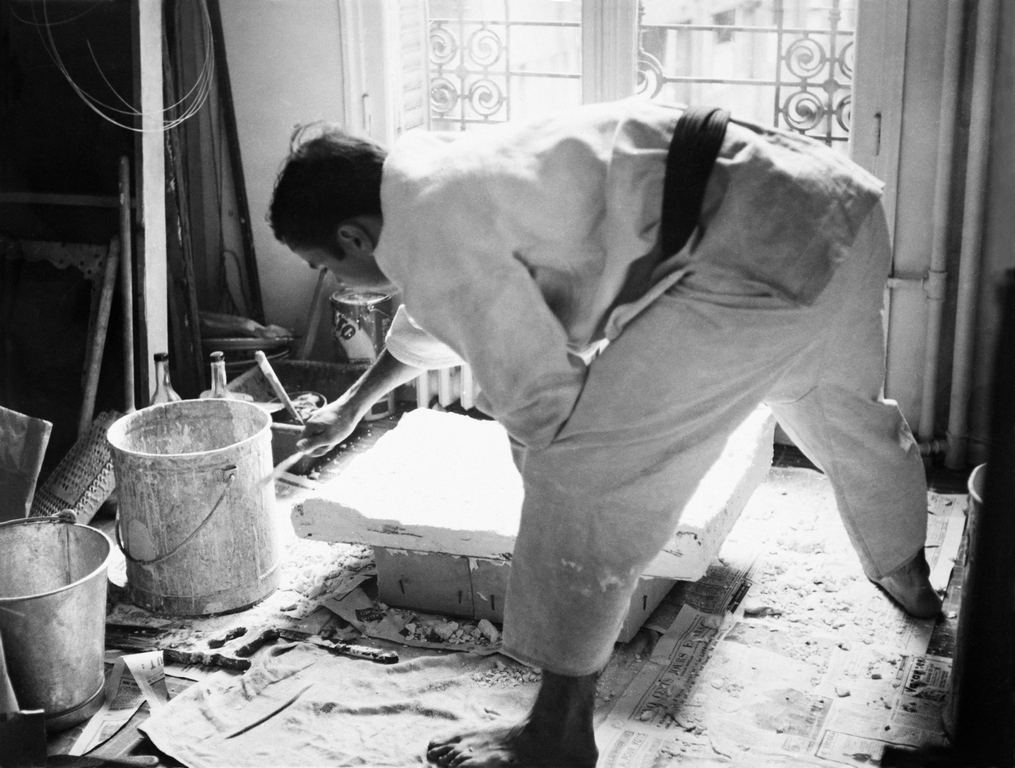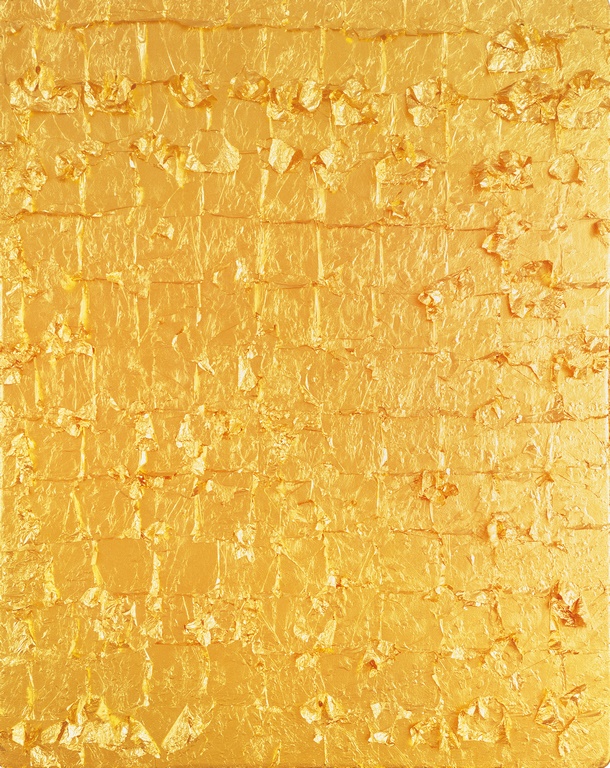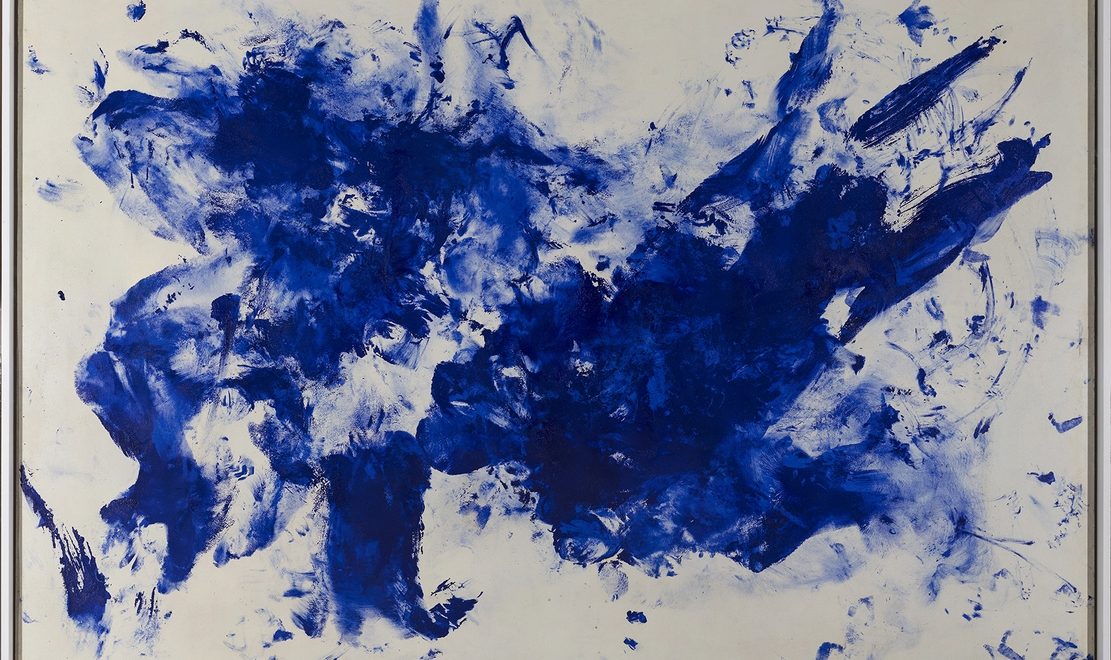
The Hôtel de Caumont in Aix-en-Provence is presenting some sixty works by the great artist from Nice from an unprecedented angle: that of the intimate.

Internationally renowned for his monochrome paintings and his famous IKB blue pigment. International Klein Blue "Yves Klein is undoubtedly one of the most famous French artists of the second half of the twentieth century. He died prematurely in 1962 at the age of 34, two months before the birth of his son, " In eight years of intense work, Klein produced an unconventional, dense, visionary and deliberately spectacular body of work that heralded the beginnings of conceptual art. "says exhibition curator Cecilia Braschi.
Unlike the major retrospectives that have showcased various aspects of his prolific and varied work, the exhibition in Aix-en-Provence focuses on the links between his personal life and his bold, radical creations, designed to appeal to a broad public. Looking back at his origins and family ties, his history, his circle of friends, his relationship with his models and his gallery owners, the exhibition reveals, in a thematic tour, a self-taught, prolific and provocative artist, whose pictorial quest for ecstatic emotion is equalled only by his desire to "bring out the best in his work". going beyond reality to reach the cosmic horizon of infinity. "
Parents who are painters
Yves Klein was born in Nice in 1928 into a family of painters. His father, Fred Klein (1898-1990), was described as a figurative painter; his mother, Marie Raymond (1908-1988), was renowned for her abstract paintings. Like many young people, Yves Klein tried to find his way outside his family. "The fact that my father and mother were painters annoyed me and kept me away from painting", he admitted in his writings. He was interested in jazz, literature, philosophy, travel, spirituality and above all the martial arts, judo in particular, which he practised with his friends, notably Armand Fernandez, the future Arman. "I fought against my vocation as a 'painter' by going to Japan to experience the adventure of Judo and ancient martial arts [?] Wanting to make a career out of it, he left to train at the K?d?kan institute in Tokyo, where he stayed for a year and a half and received a 4th dan. Back in France, with a grade that no Frenchman had yet achieved, the French Judo Federation refused to recognise him. Disappointment! Klein left to teach judo in Madrid. And it was there, in 1954, that he published an anticipatory work of fiction, " Yves peintures "This album brings together a dozen "reproductions" of paintings that don't exist. They are all "monochrome", but in different colours. It was the artist?s first public gesture. Returning to Paris shortly afterwards, Klein opened a judo class, painted monochrome pictures and decided to show them to the public in his dojo. His first exhibition at the Club des Solitaires, in October 1955, went virtually unnoticed. But never mind! He had just entered the world of art.
"Yves le Monochrome

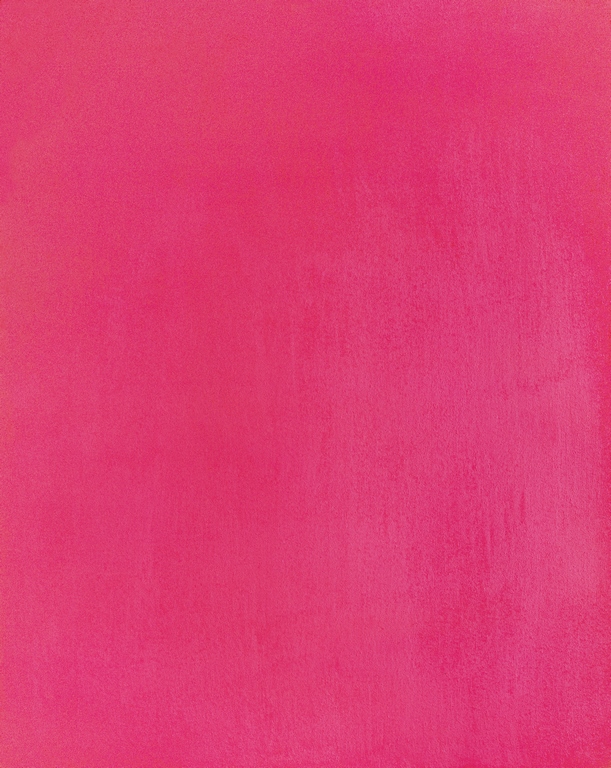
From then on, Klein developed his own artistic path against abstraction, while forging his own myth. But his artistic expression made some people prickly. In 1955, the Salon des Réalités Nouvelles rejected his painting Expressing the world of the colour orange lead. Monochromy is not, however, a first in the history of art. In 1921, Alexander Rodchenko exhibited three monochrome paintings in Moscow. To be admitted to the Salon, the jury asked him to add a dot or a line to his painting to be recognised as "abstract", which he categorically refused. He went so far as to write that " Abstract painting is just picturesque literature about psychological states. It's poor. I'm glad I'm not an abstract painter.."
In fact, his media recognition began with the exhibition known as "du Vide", in 1958 at the Iris Clert gallery. Tout-Paris crowded into the 20m² gallery, where Klein had simply painted the walls white and the windows IKB, his favourite colour. Outside the gallery: canopy covered in blue fabric, gold and scarlet plume of the Republican Guards in uniform, blue cocktail served to the public.
Blue on the body
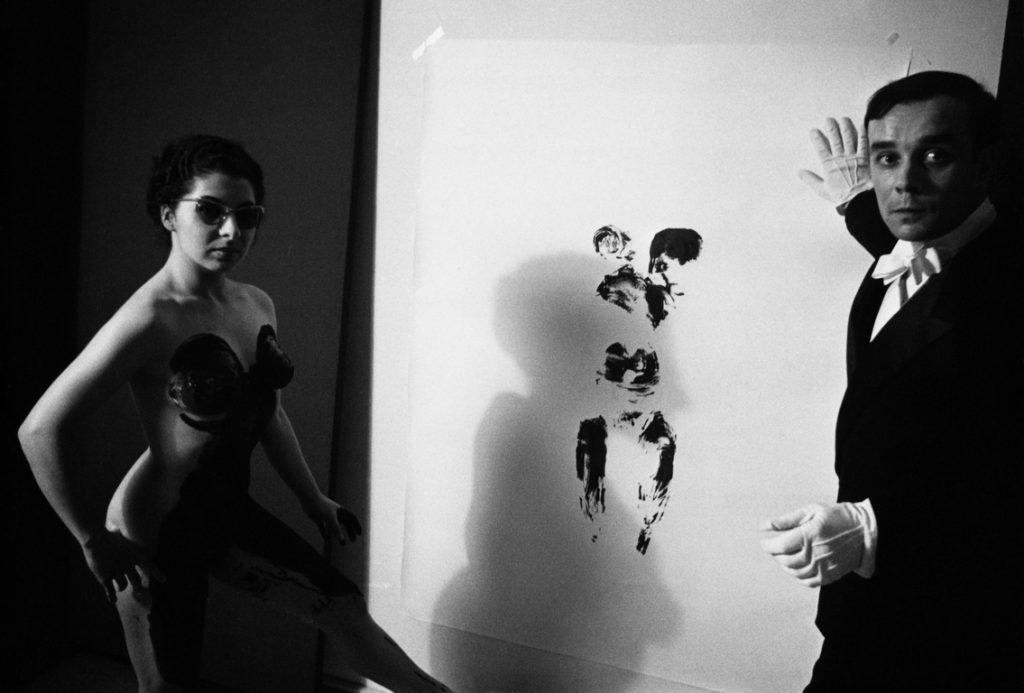

Klein, a child of the Mediterranean, immersed himself in this abyssal colour, which he used to cover his paintings, the bodies of his models, and the large wall reliefs decorated with sponge in the opera house in Gelsenkirchen (Germany). For him, blue is a representation of the infinity of the world, of the immaterial dimension of the universe: this saturated overseas pigment, "IKB", combined with a resin that allows it to retain its intensity, is the paradigm of his work. " Blue has no dimensions. [...] At most, blue recalls the sea and the sky, the most abstract things in tangible, visible nature. "he wrote in 1958.
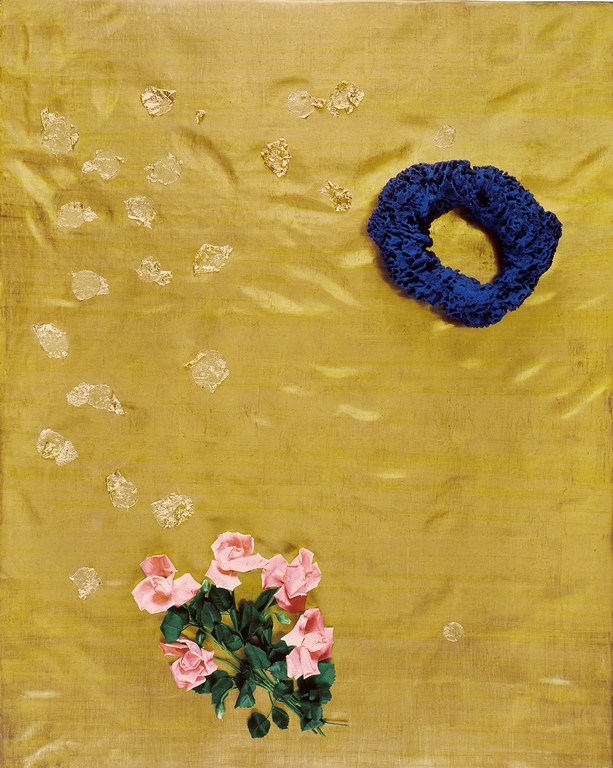
gift of Rotraut Klein-Moquay to the State 1974, attribution 1975.
In 1960, Klein made the creation of Anthropometries a show. Three hundred hand-picked guests were invited to the Galerie Internationale d?Art Contemporain in Paris. They are going to watch a "performance": three naked young women smear her blue paint on their chests and thighs, press themselves against the floor or a partition, marking large sheets of white paper with their "anthropometric" body prints. "anthropometric" - on large sheets of white paper. This was the first major event to mark the birth of the Nouveaux Réalistes movement, an artistic approach aimed at new perceptive approaches to reality, founded by Klein and the art critic Pierre Restany. The pair were joined by Arman, Martial Raysse, Jean Tinguely and Jacques Villeglé, among other avant-garde figures.

individual.
Anxious not to limit his field of creation, the artist imagined a " air architecture "In 1961, he discreetly placed an ex-voto in the monastery of Santa Rita in Cascia (Italy), praying to the Saint to make him "the best man in the world. a tool for building and creating Great Beauty ". Did he think that his painting would be the link between the spiritual and the temporal?
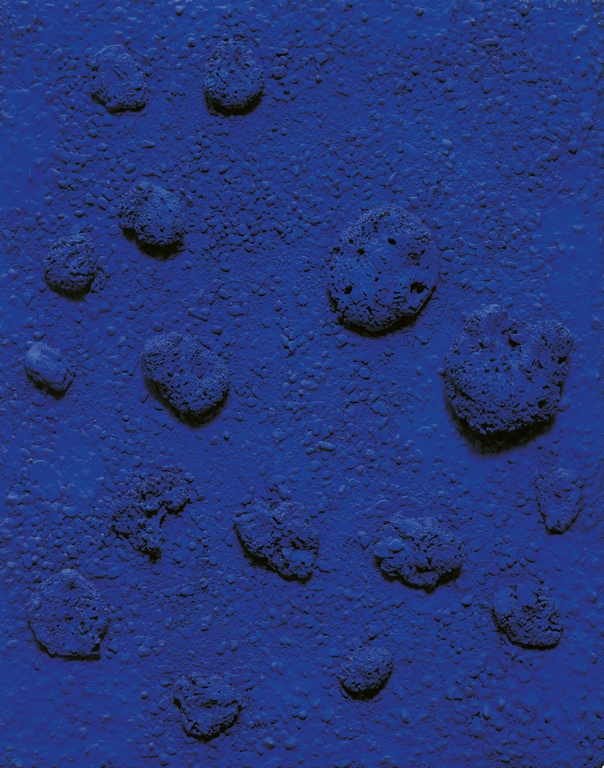
Shortly before his death, Klein confided to a friend that he would have " the largest workshop in the world and that it would be nothing more than "immaterial".. The veil has been lifted.
Text: Brigitte Postel
Visuals: © Succession Yves Klein c/o ADAGP, Paris, 2022
"Yves Klein, intimate
Hôtel de Caumont ? Art centre, Aix-en-Provence
28 October 2022-26 March 2023


